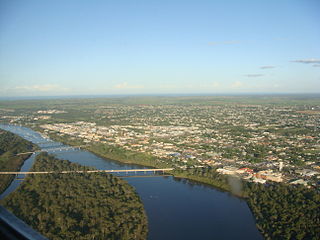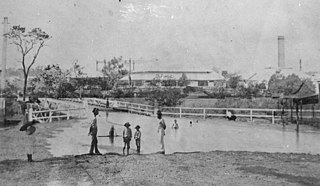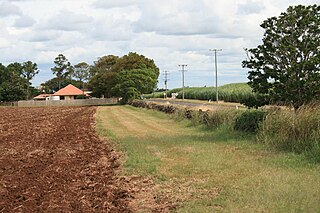Samuel Johnston Snr | |
|---|---|
 A photo of Samuel Johnston Snr, circa 1890. | |
| Born | 23 January 1840 Kilrea, County Londonderry, Northern Ireland |
| Died | 10 November 1924 |
| Occupation(s) | Cane Farmer, Sawmiller, Entrepreneur |
| Spouse | Ann Denahy (1841-1898) |
| Children | James Barret Johnston (1864-1948) John 'Jack' Johnston (1866-1935) Mary Johnston (1866-1954) Elizabeth Johnston (1867-1947) Annie Johnston (1869-1930) Margaret Ellen Johnston (1871-1953) William Samuel 'Bill' Johnston (1874-1952) Isabella Johnston (1874-1960) Samuel Johnston Jnr (1875-1947) Sarah Johnston (1877-1952) Florence Jane Johnston (1879-1912) Ethel Johnston (1881-1960)Contents |
Samuel Johnston Snr (born 1840, Drumsara, County Londonderry; [1] died 10 November 1924) was an Australian pioneer, arriving in Victoria, in 1858 from County Londonderry; like so many immigrants of the time he made his way to the gold diggings. Gold mining and industry eventually led him to Queensland, where he proved himself to be a most useful pioneer to whose efforts the state owes the rapid development of previously unsettled and practically unknown portions of her territory. [2]
Heading north, he ended up in Rockhampton; which, when in its infancy he owned a sawmill on the Fitzroy River. After a period spent in Rockhampton, he moved further south to the Burnett. In 1867 he purchased a site on the northern banks of the Burnett River to erect his sawmill, which he bought in by the ketch "Violet"; the first vessel to enter the river. He is the man responsible for establishing the Waterview Estate. [2]
In 1867the town of Bundaberg was yet to be established by the government. Bundaberg was many years away and started its journey on the south banks of the Burnett River after surveyors travelled north from Brisbane to gazette the site that would later become Bundaberg. Until this time the area had become known as "Waterview" no doubt due to the presence of the large settlement, composed of the Stewarts, Watsons, Alexanders and Samuel Johnston and the industry that had been created. Many Trove documents and historical papers refer to the Weather, Births and Deaths being at Waterview giving evidence to the size of what is now North Bundaberg.[ citation needed ]
After aiding in the pioneering industry with his sawmill, he expanded his operations and pioneered the growing of corn. When the crops failed due to disease and pests Johnston turned his attention to the sugar industry in the Bundaberg district; he established a sugar mill and plantation, again carrying the Waterview name.
Many years after beginning in the Burnett region, and after the early settlements had expanded to the far north, he continued to show his enterprise by extending his interests to Port Douglas, becoming the owner of "Drumsara" (named after his place of birth), a sugar estate on the Mossman River.
He had four sons and eight daughters. [3] Many of whom continued the pioneering Johnston spirit and became integral members of the community from the cape to the central coast.

















